The Right Appliance To Protect Your Network

Perimeter Defender ™ Security Gateway Appliances
- Best used for
- Processor
- RAM
- Storage Option
- Ports
- Power
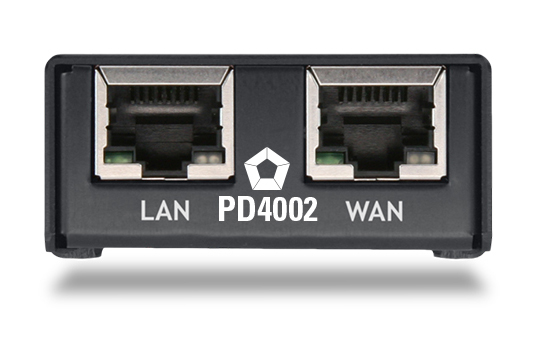
- PD-4002
- SOHO Network Remote Worker
- TI AM3352 ARM 600 MHz
- 512MB DDR3
- 4GB eMMC Flash
- 2x 1GbE
- 2.5W (idle)
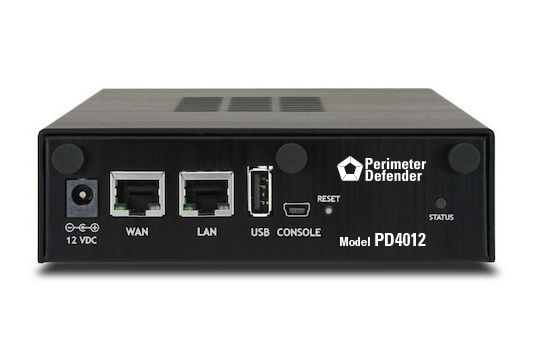
- PD-4012
- SOHO Network Remote Worker
- Intel Atom® 1.7 GHz 2-Core
- 2GB DDR3L
- 4GB eMMC Flash
- 2x Intel 1GbE
- 6W (idle)
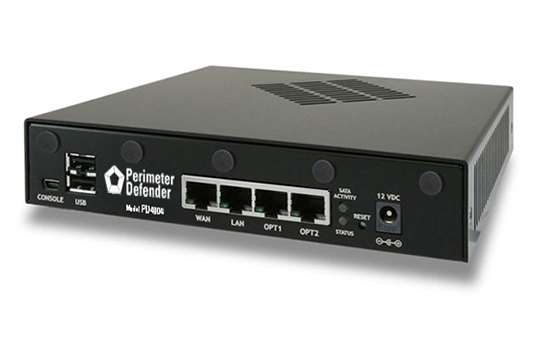
- PD-4004
- Small Business SMB Network Gigabit Speeds
- Intel Atom® 1.7 GHz 2-Core
- 4GB DDR3L
- 8GB eMMC Flash
30GB mSATA SSD
128GB mSATA SSD - 4x Intel 1GbE
- 7W (idle)

- PD-4006
- Medium Business SMB Network Gigabit Speeds
- Intel Atom® 2.4 GHz 4-Core
- 8GB DDR3L
- 32GB eMMC Flash
128GB mSATA SSD
- 6x Intel 1GbE
- 7W (idle)

- PD-4008
- Medium Business SMB Network Gigabit Speeds
- Intel Atom® 2.4 GHz 8-Core
- 8GB DDR3L
- 64GB eMMC Flash
128GB mSATA SSD
- 6x Intel 1GbE
- 9W (idle)
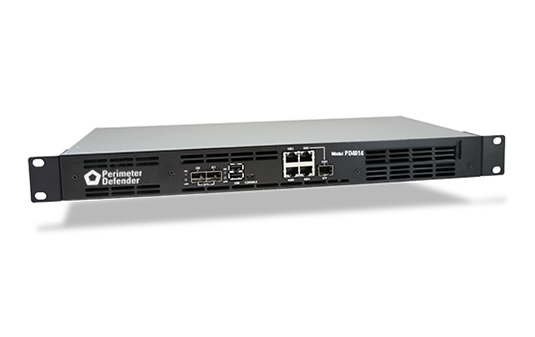
- PD-4016
- Medium Business Large Business Branch Offices
- Intel Atom® 2.4 GHz 8-Core
- 16GB ECC
- 120GB SSD
- 2x 10GbE SFP+
3x Intel 1GbE
1x Intel 1GbE RJ-45/SFP - 20W (idle)
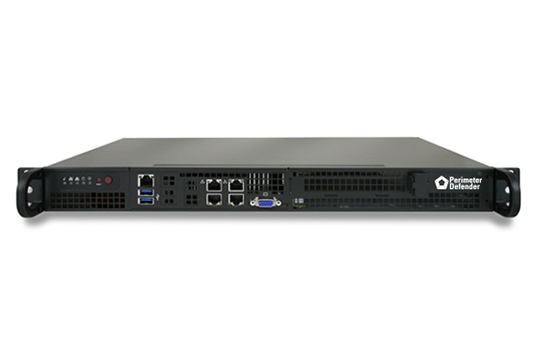
- PD-4014
- Medium Business Large Business Branch Offices
- Intel Atom® 2.1 GHz 8-Core
- 16GB DDR4
- 120GB SSD
- 2x Intel 10GbE
2x Intel 1GbE
- 20W (idle)
Need Direct Access to the Perimeter Defender Team?
Appliance Guidance
The following outlines the best practices for choosing the appliance best suitable for your environment.
Feature Considerations
Most features do not factor into hardware sizing, although a few will have a significant impact on hardware utilization:
VPN – Heavy use of any of the VPN services included in the Perimeter Defender software will increase CPU requirements. Encrypting and decrypting traffic is CPU intensive. The number of connections is much less of a concern than the throughput required. AES-NI acceleration of IPsec significantly reduces CPU requirements on platforms that support it.
Captive Portal – While the primary concern is typically throughput, environments with hundreds of simultaneous captive portal users (of which there are many) will require slightly more CPU power than recommended above.
Large State Tables – State table entries require about 1 KB of RAM each. The default state table size is calculated based on 10% of the available RAM in the firewall. For example, a firewall with 1 GB of RAM will default to 100,000 states which when full would use about 100 MB of RAM. For large environments requiring state tables with several hundred thousand connections, or millions of connections, ensure adequate RAM is available.
Packages – Some of the packages increase RAM requirements significantly. Snort and ntop are two that should not be installed on a system with less than 1GB RAM.

